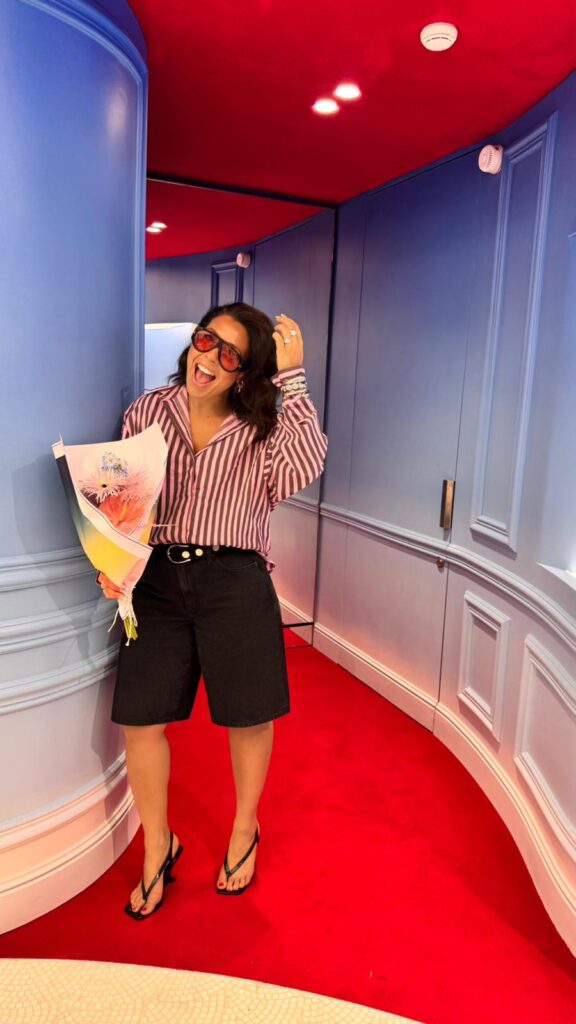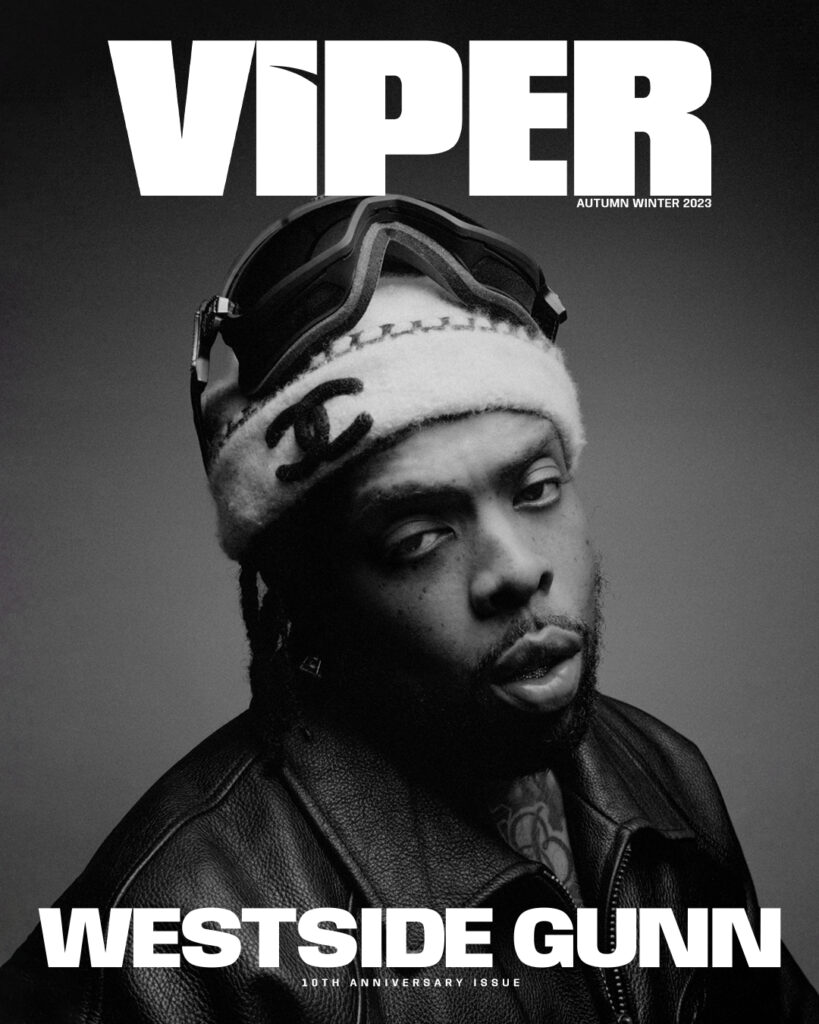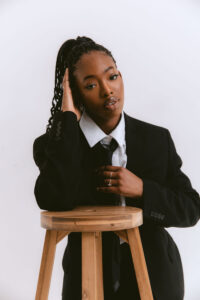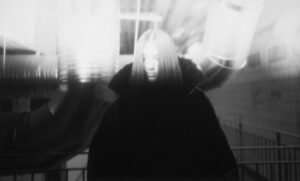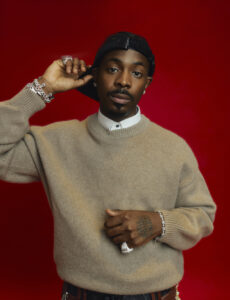AN INTERVIEW WITH KIERA LIBERATI: Weaving together high fashion with raw, rebellious energy, Kiera Liberati has carved out a unique space for herself. Known for her edgy, unconventional styling and creative direction, she’s the visionary behind some of the most striking visuals in the industry. From styling for major magazines to shaping the looks of music’s biggest artists, Kiera’s work is a masterclass in pushing boundaries.
We caught up with the stylist and creative behind our recent Alkaline cover to talk about her journey, the art of building a visual identity, and what it takes to stay ahead of the curve.
How do you approach creating a style narrative for a client or a shoot? Is it more about defining a new persona or amplifying an existing one?
It really depends on the art direction. For a super-established artist, it might be about having fun and putting a twist on a theme — like channelling 1990’s Hip Hop for someone like Central Cee, with a nod to a classic 50 Cent cover. For a newer artist, it’s more about helping them carve out a distinct identity while elevating their personal style. For me, the mark of a great stylist is versatility — delivering on the brief but also adding that extra splassshhhh of creativity that makes it unforgettable.
What is the most challenging or unconventional project you’ve worked on, and what creative solutions did you come up with to make it happen?
I’ve been in this game 14 years now, so there have definitely been some mad moments but the Future cover shoot in LA really sticks with me. We’d just flown out, I hadn’t slept in about 72 hours because timings kept changing, and then his team suddenly decided the shoot had to be at 5am. We dragged ourselves there, set up five rails of looks all flown in, only for him to arrive closer to midday which left us with just over an hour to shoot 12 looks. To top it off, some heavy press came out that morning, so he wasn’t exactly in the mood for “happy-go-lucky.”
In the end, we managed six solid looks. What saved it was just keeping it 100, being myself, and creating a vibe. By the end of it we’d become besties For me, that’s always the key – no matter how chaotic things get, if you keep it authentic and put the artist at ease, you’ll get the best out of everyone.
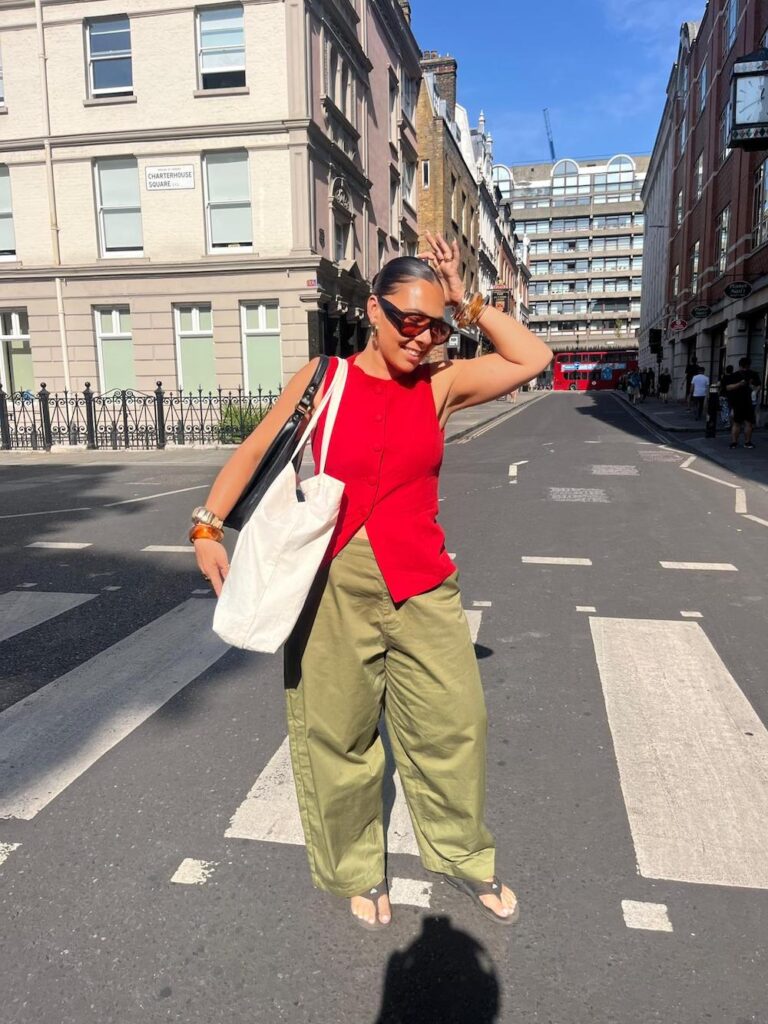
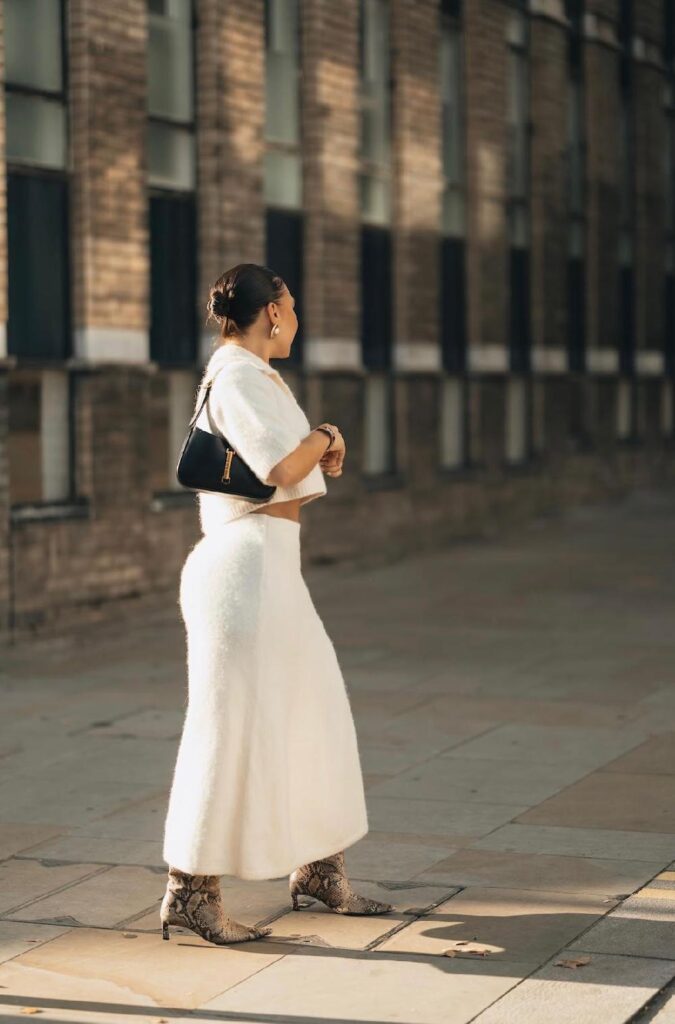
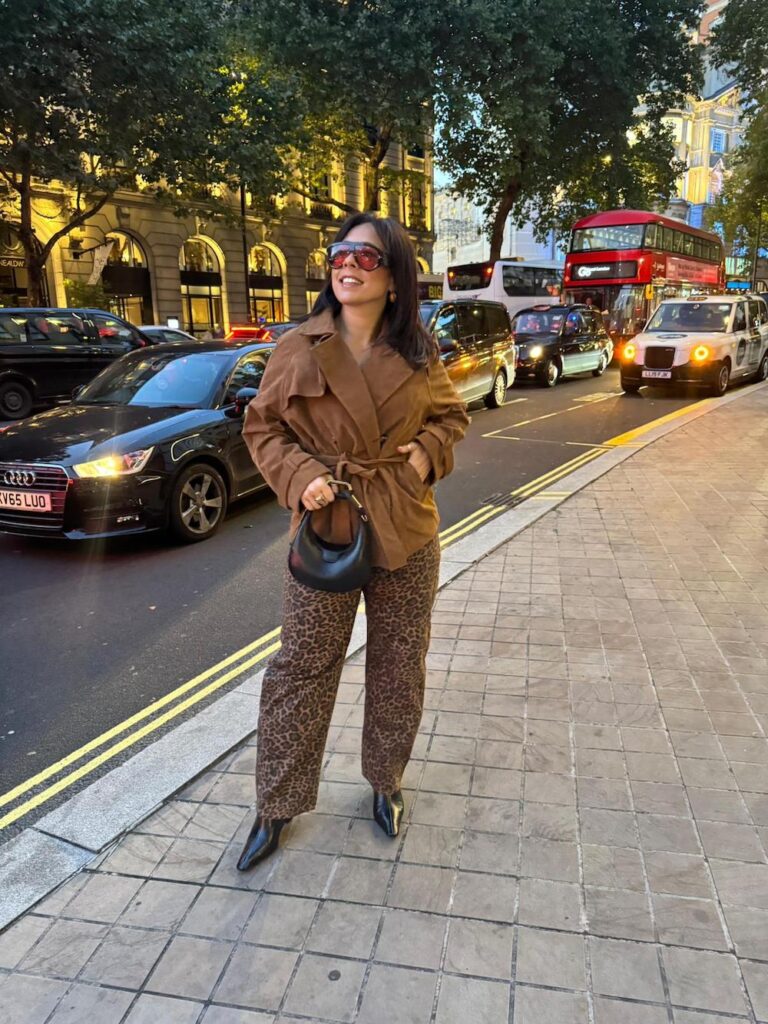
What’s one styling rule you love to break, and what’s one you believe should always be respected?
Layering textures and clashing patterns; just do it – that’s where the fun and individuality comes in. The one thing I’ll never co-sign though is white socks with black creps… unless you’re purposely channeling MJ.
Tell us about a time you had to style a client with a very specific, and perhaps difficult vision. How did you balance their desires with your own creative direction?
One thing about me, I’ma make sure to fulfil the brief if that’s what the client wants — I’ll give it to them. But I’ll never put something on a rail that I genuinely dislike, so even if there’s a slight compromise, I always come out on top.
In the age of social media, everyone’s a stylist. How do you maintain your unique voice and professional credibility in such a saturated visual landscape?
Don’t watch other people, stay in your lane. Draw influence from history and your own references, but don’t get sucked into comparing yourself to everyone else; it’s draining and unhealthy. You lose focus and never feel good enough. Just work hard, stay true to yourself, and do your thing, it’ll all work out; or at least I tell myself that.
How do you see the relationship between a designer and a stylist?
I guess it really depends but for me, the designer is someone who I massively respect; they’re bringing their imagination to life. At the same time, they help me bring someone else’s look to life, so it’s about a real, mutual respect for each other’s craft and skill. It’s a collaborative relationship that celebrates both vision and execution.
Do you view yourself as a curator, a collaborator, or something else entirely?
I see myself as a collaborator. I’m a bit old school and believe a creative team is exactly that, a team bringing a vision to life. I’ve helped build some epic moments, but to claim I’m the sole curator wouldn’t be fair. It’s always about the people, the energy, and the collective creativity coming together.
What’s a fashion trend that you believe is currently misunderstood or underrated, and how would you style it to showcase its true potential?
Honestly, I’m not really about trends. I think you should wear what you like and dress for how you feel and what suits you. Drop-waist styles are back, but I stick to high-waist because it flatters my shape. Call it my Simon Cowell but it works for me!
Which era of fashion is your biggest inspiration, and why?
On a personal level, 1950 shapes and 80’s boss bitch. On a styling level for my talent at the moment, 90’s and early 2000’s.
What elements from that time do you frequently incorporate into modern looks?
For me, it’s all about the silhouettes and shapes. I’m leaning more into brand building and creative direction these days, so I like to add a layer of intentionality and “smartness” to most of my outfits. For artists, it’s about the cuts of the jeans, the colour palettes and making sure each look feels deliberate but still authentic to their vibe.
Beyond clothing, what other elements do you consider essential to a complete look—be it accessories, hair, makeup, or even location?
Everything above plays a huge role, but I’d say hair and makeup often have an even stronger impact than location. If the styling and glam are executed well, even a simple white studio can tell the full story, the attitude, the mood, and the look all come through. Location adds context, but the styling, hair, and makeup are what truly sell the vision.
If you could have one of your styled looks featured in a museum as a representation of your aesthetic, which one would it be, and what would it say about your work?
Probably some of the looks I created with Hus – the Fisherman hat became synonymous with his early looks – or Ghetts; we took him from rapper to one of the best-dressed on GQ. I would say that we build icons here: rooted in culture, but always with an eye for style and individuality.
